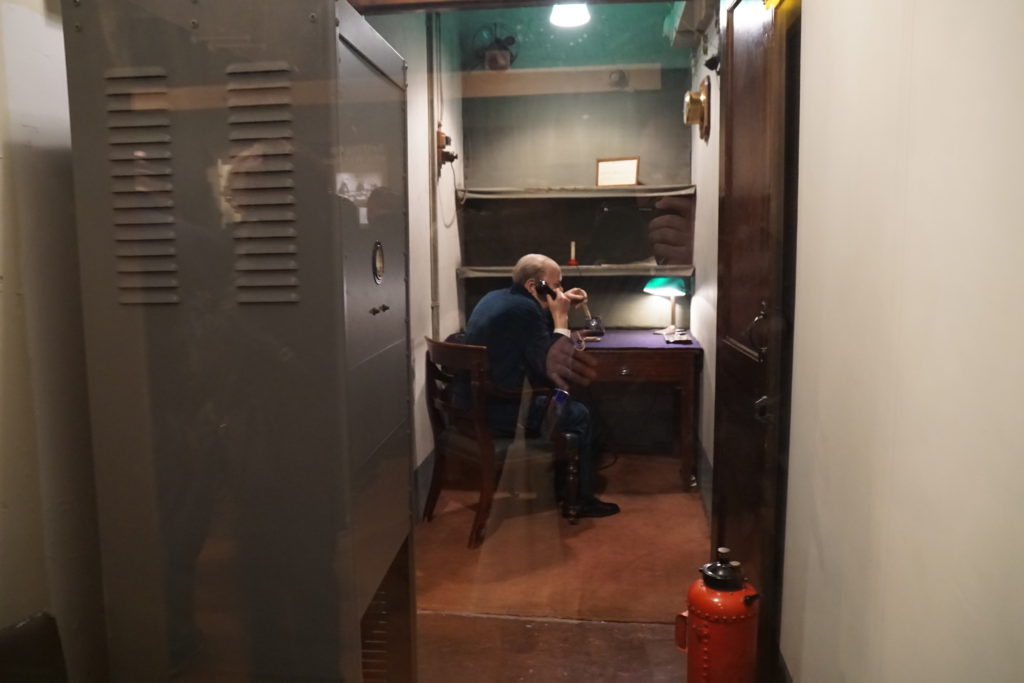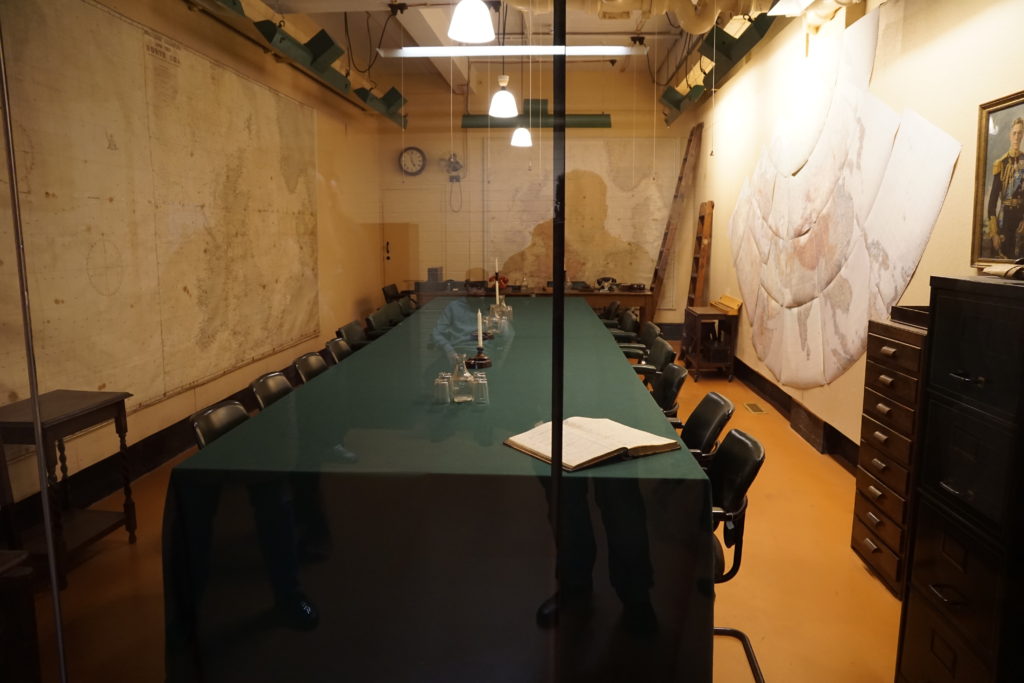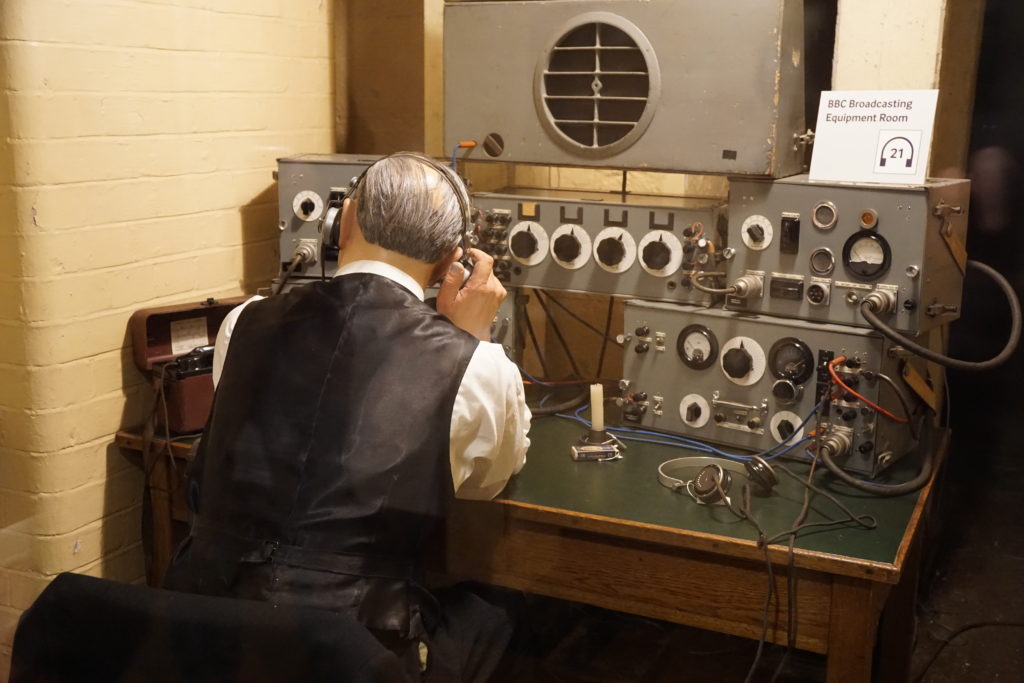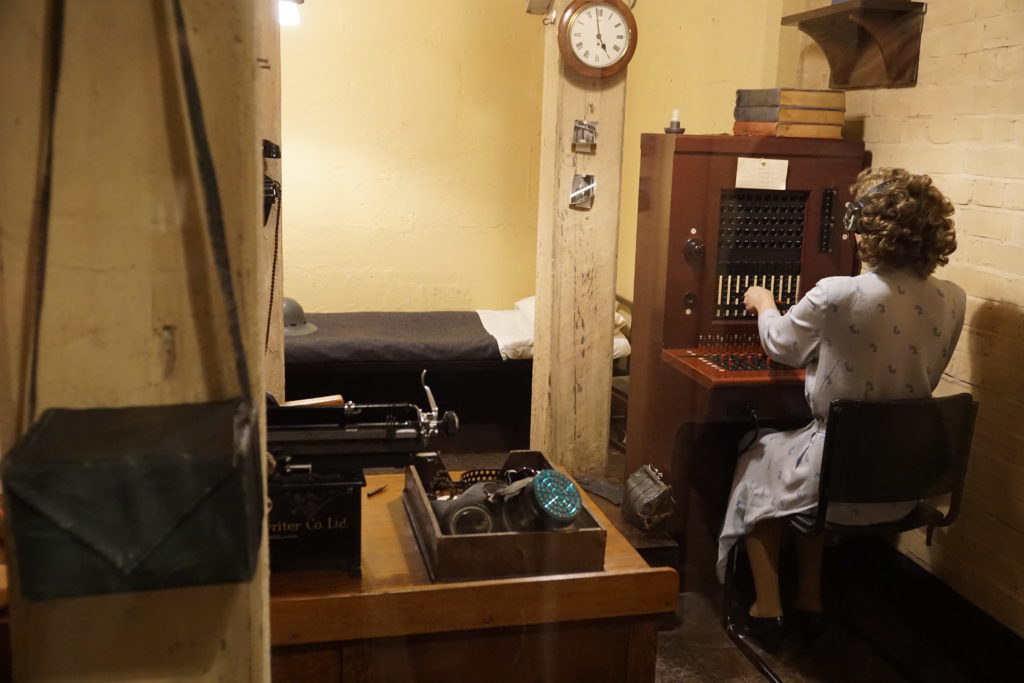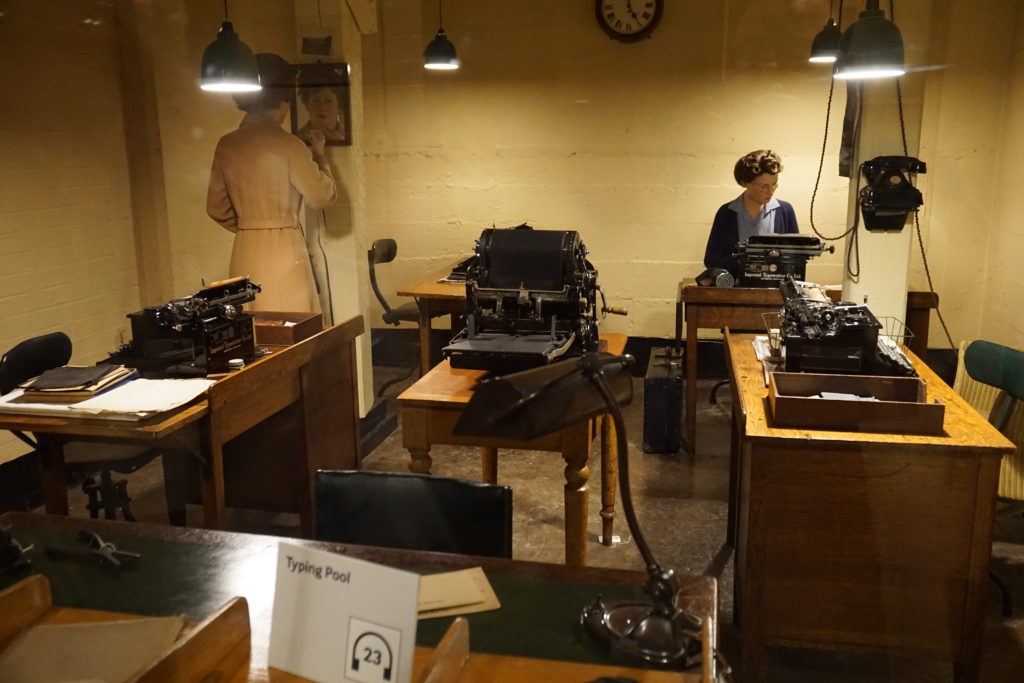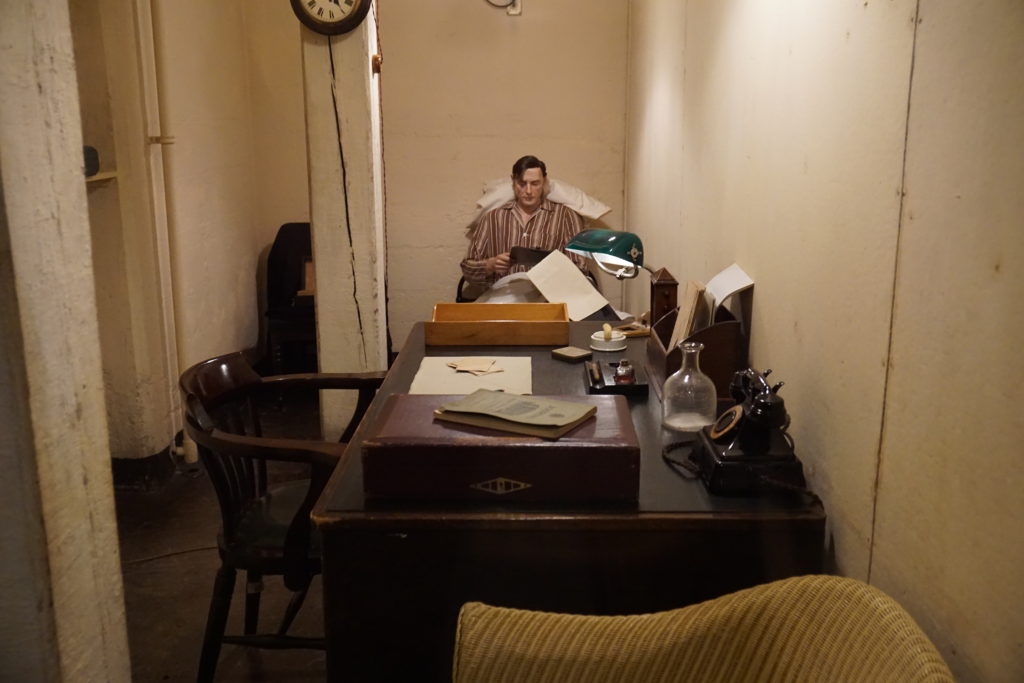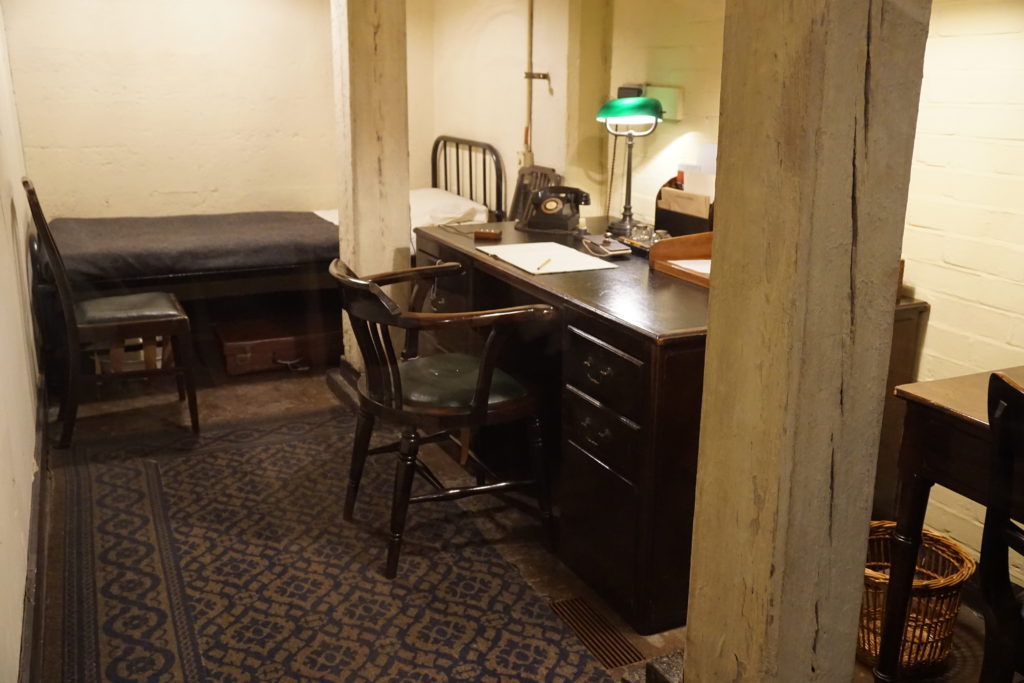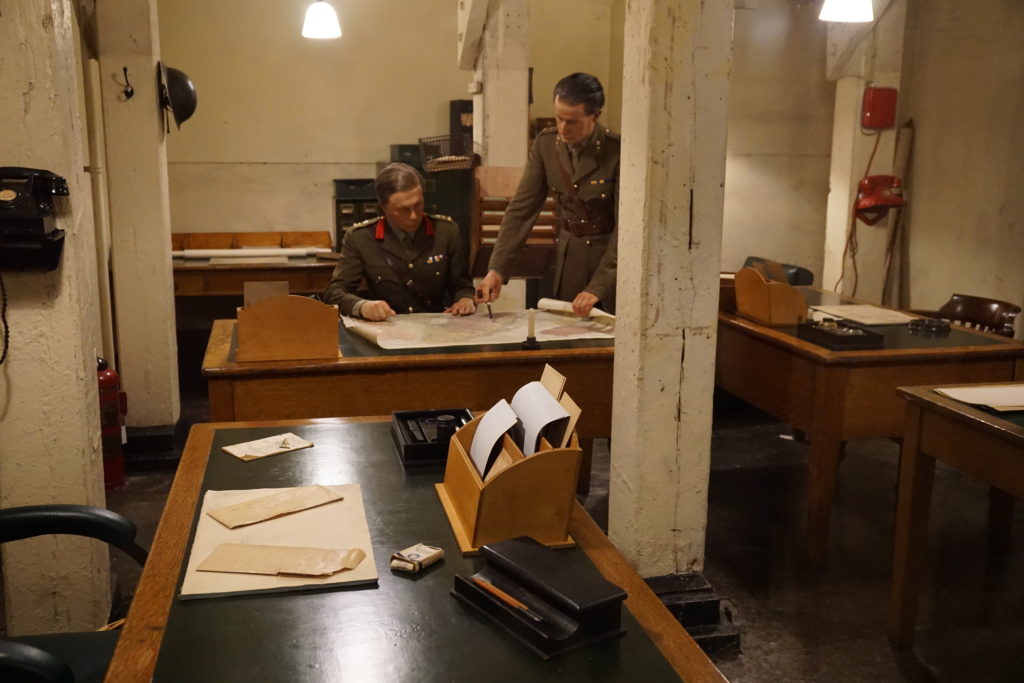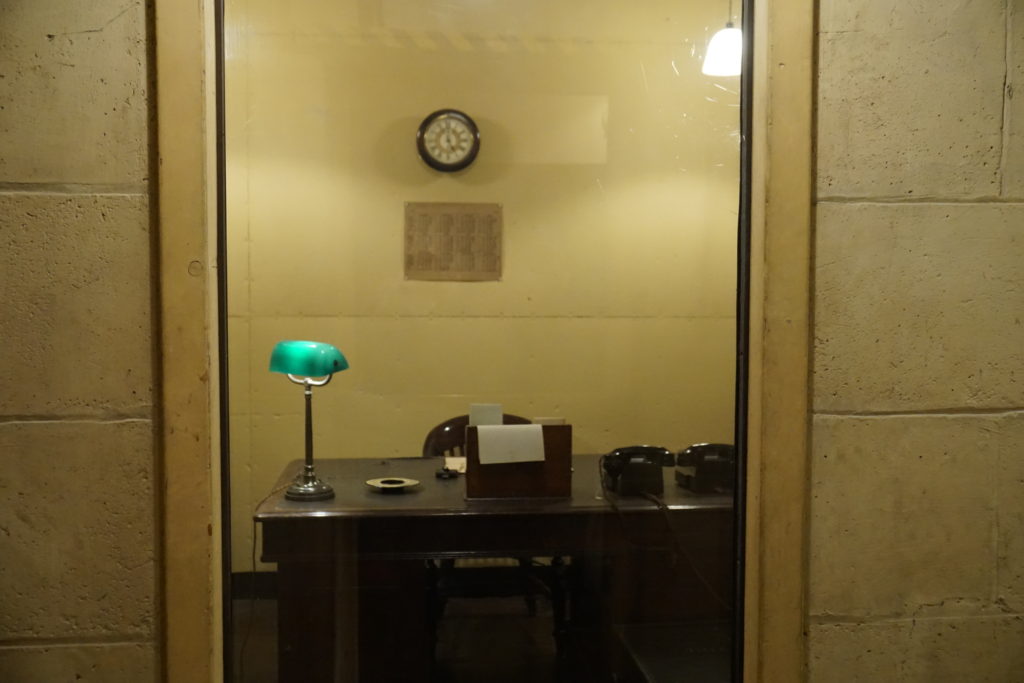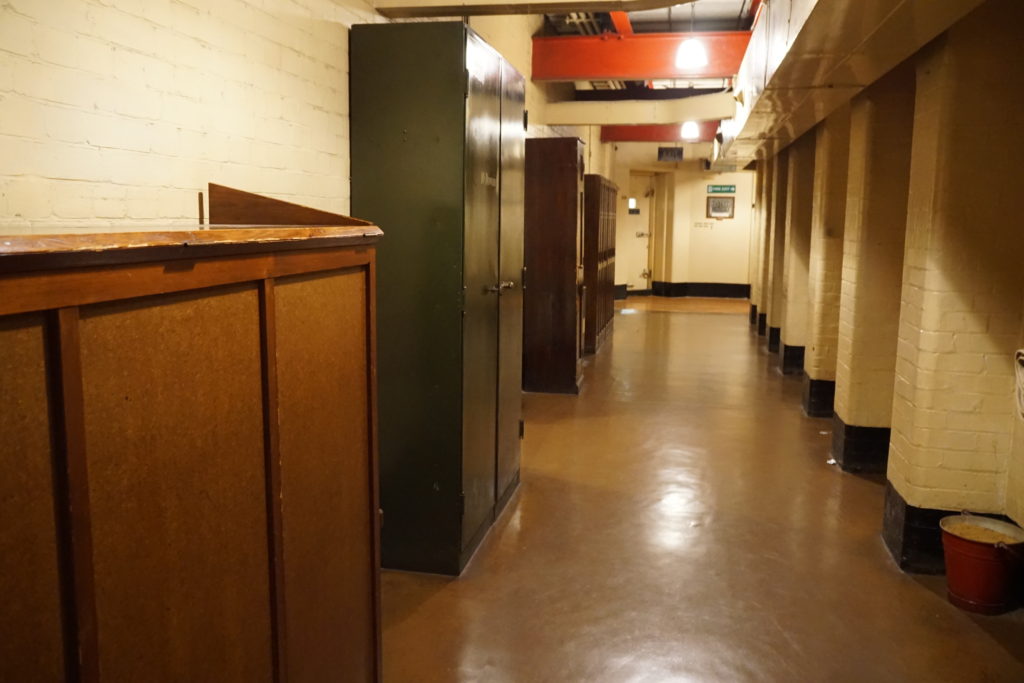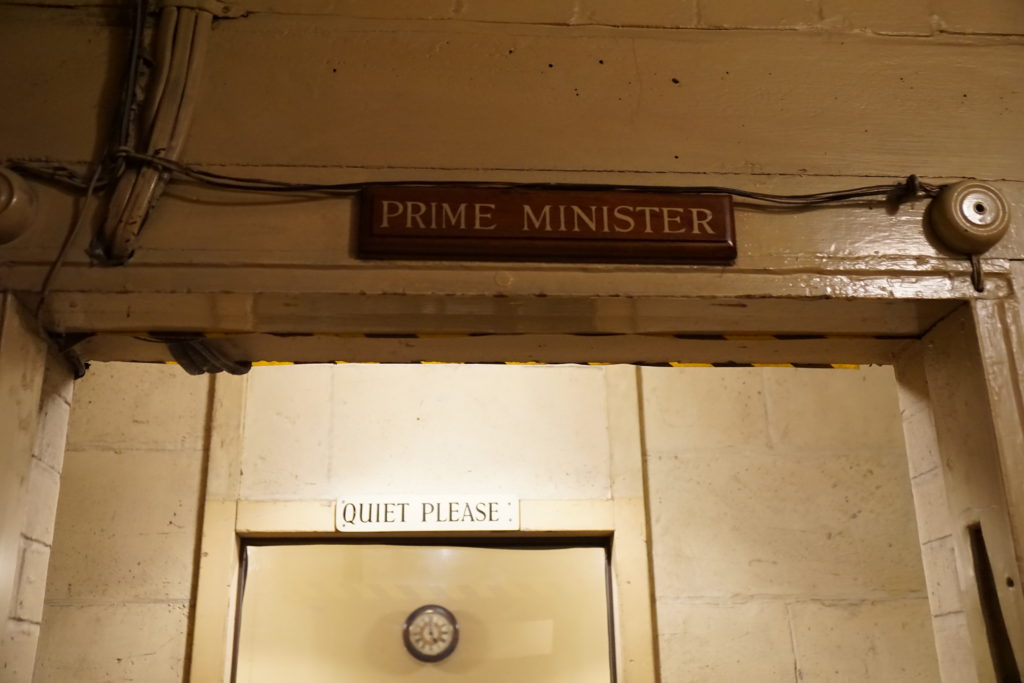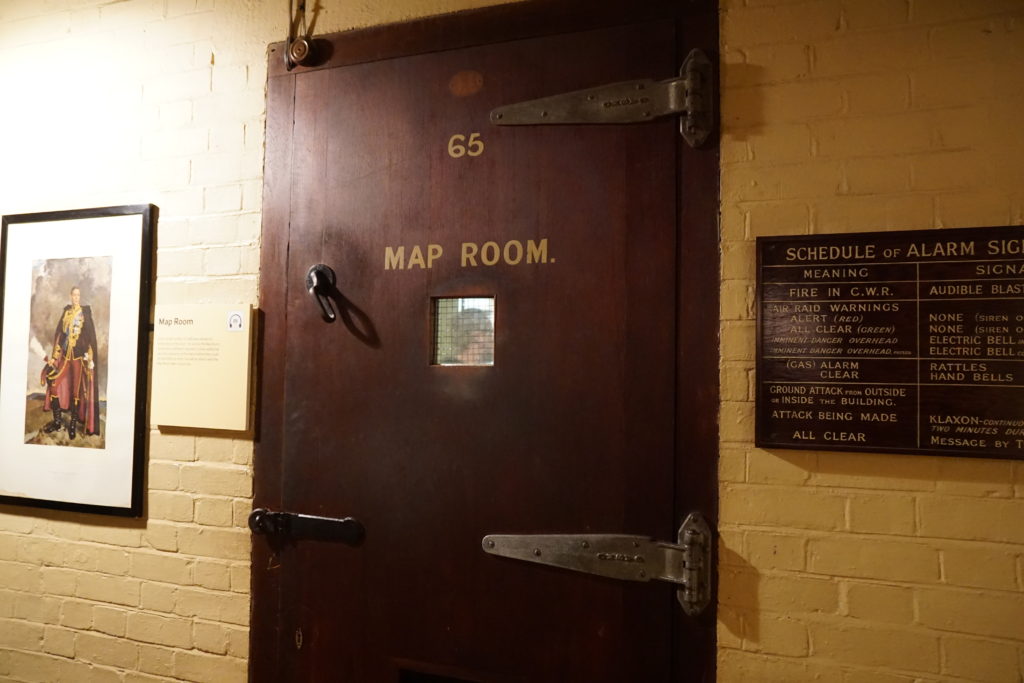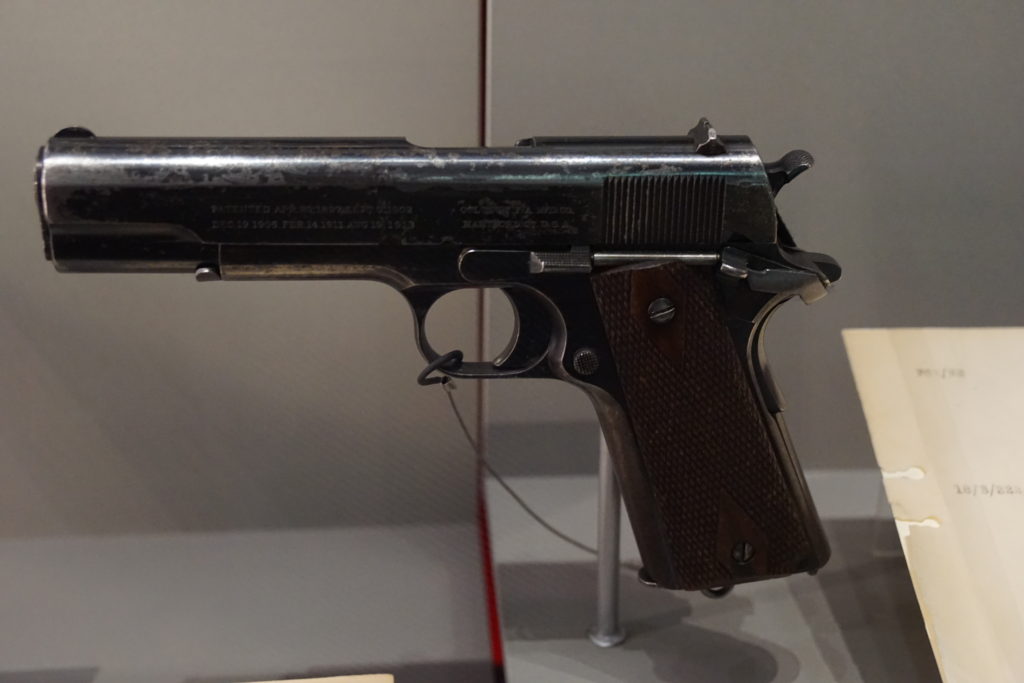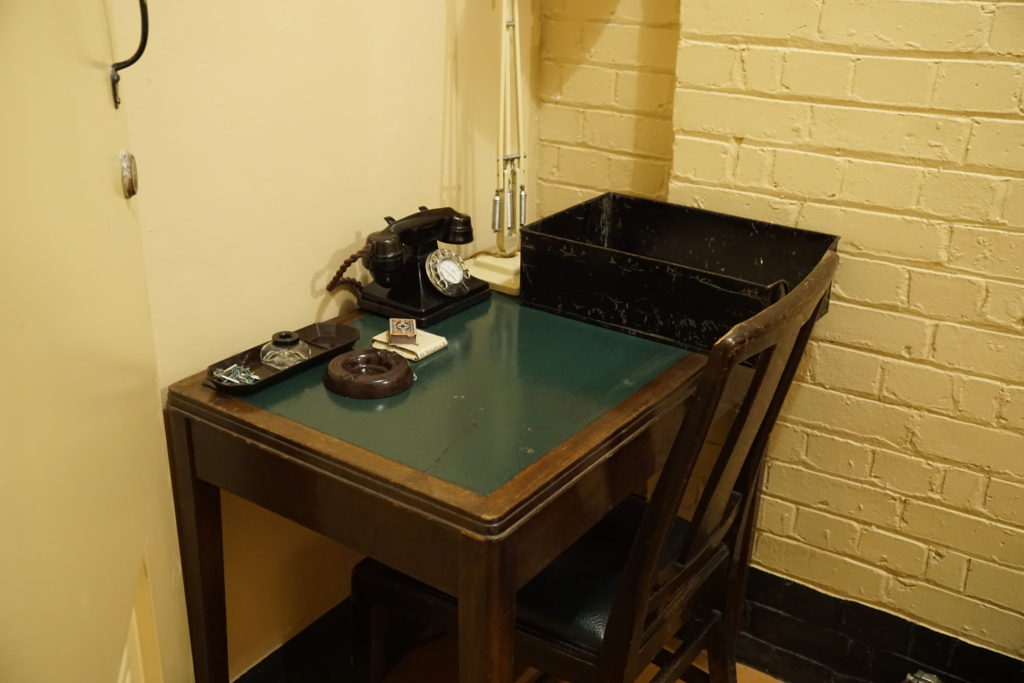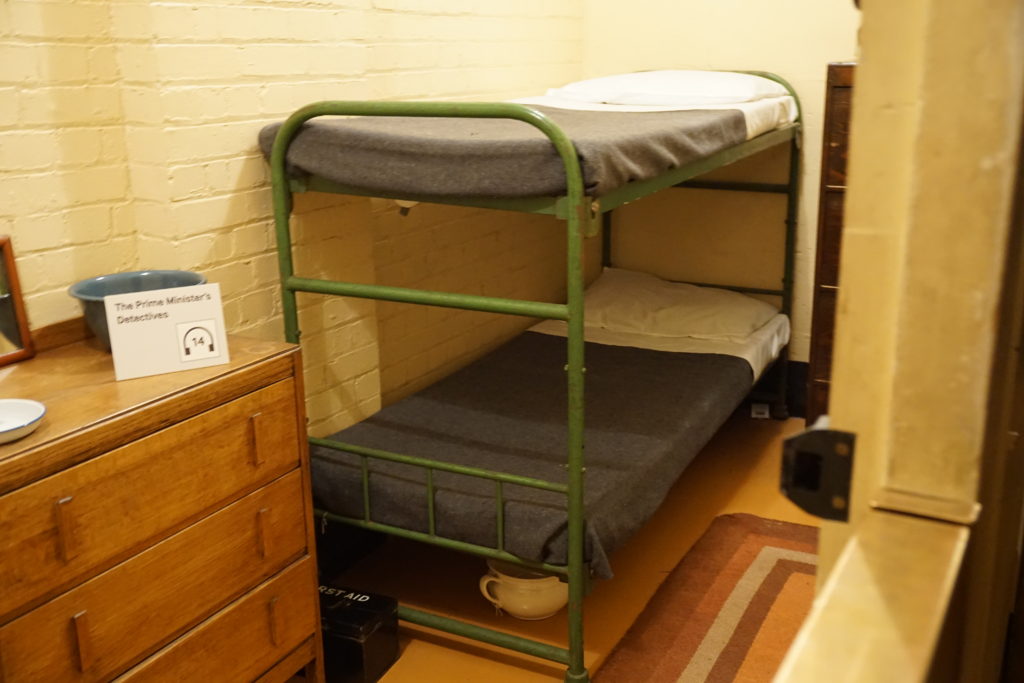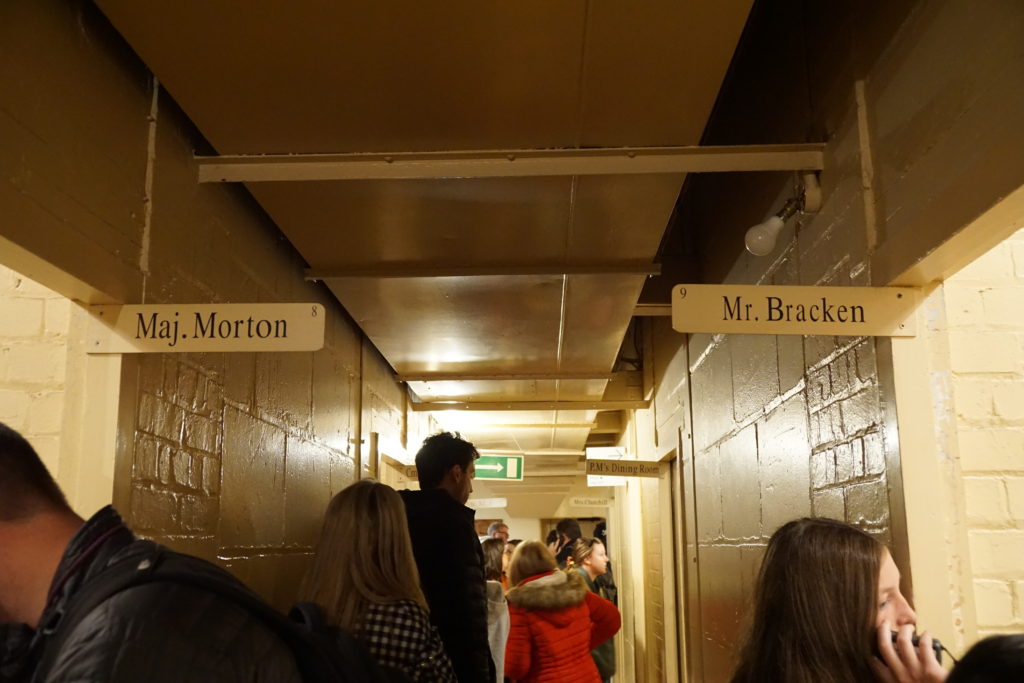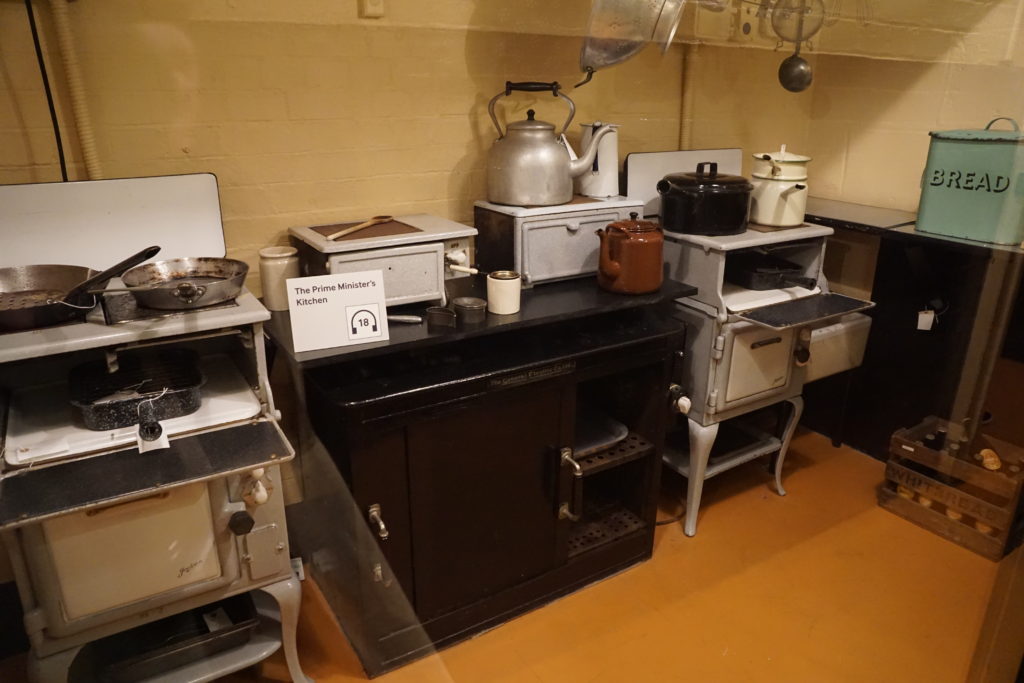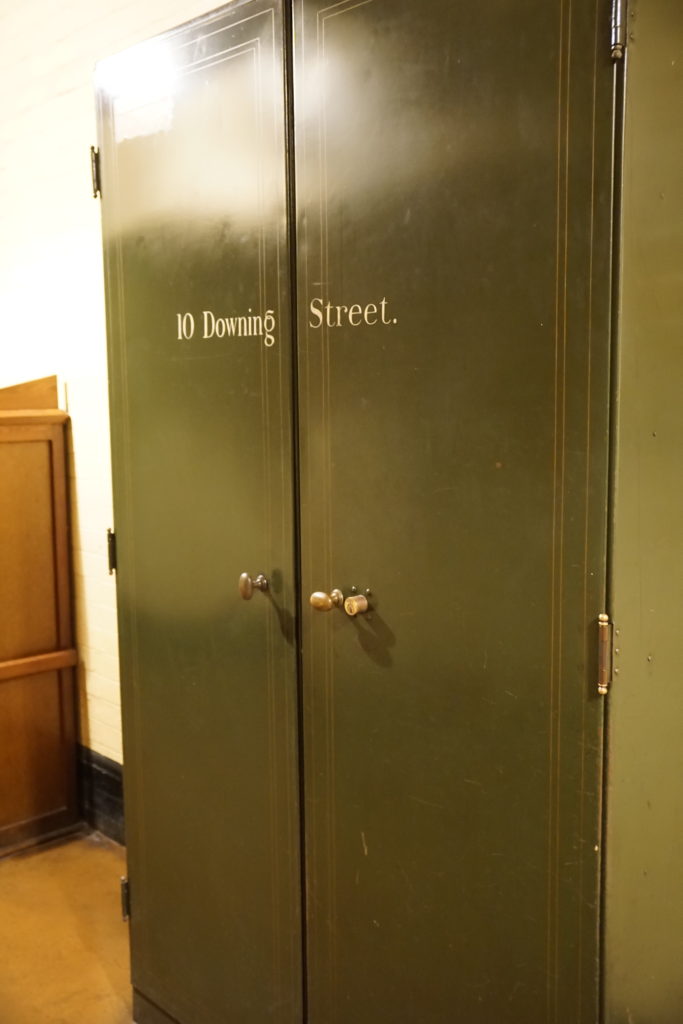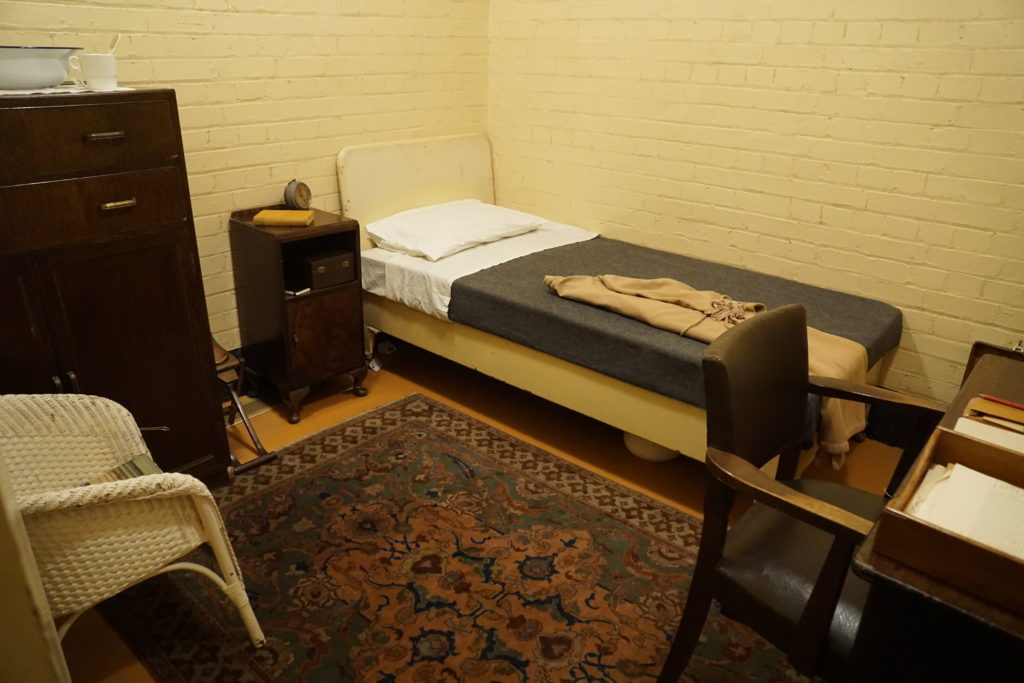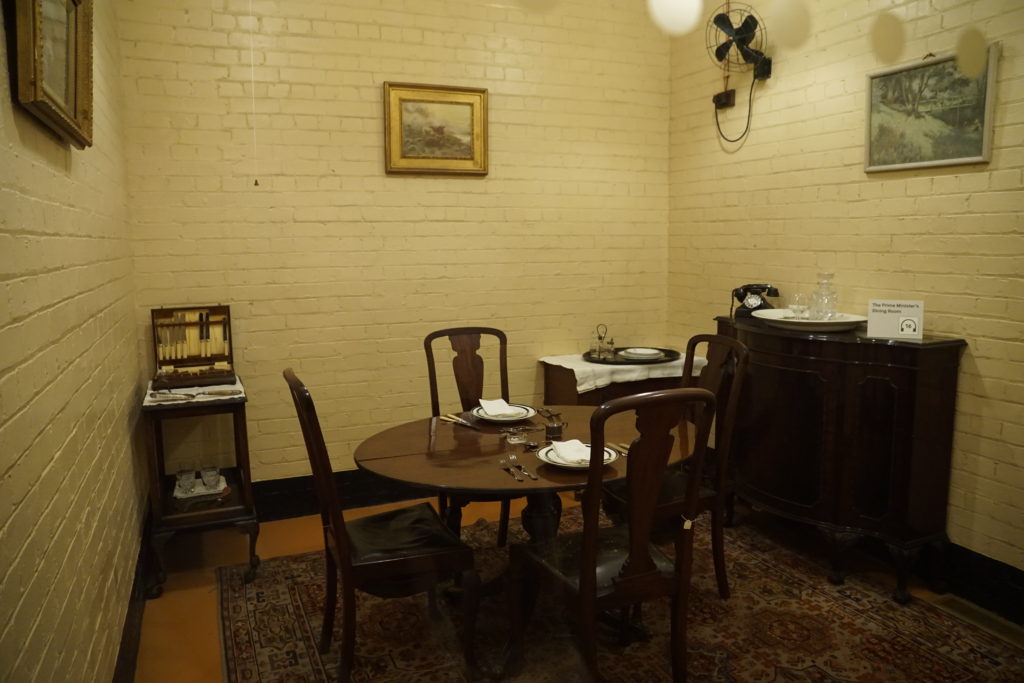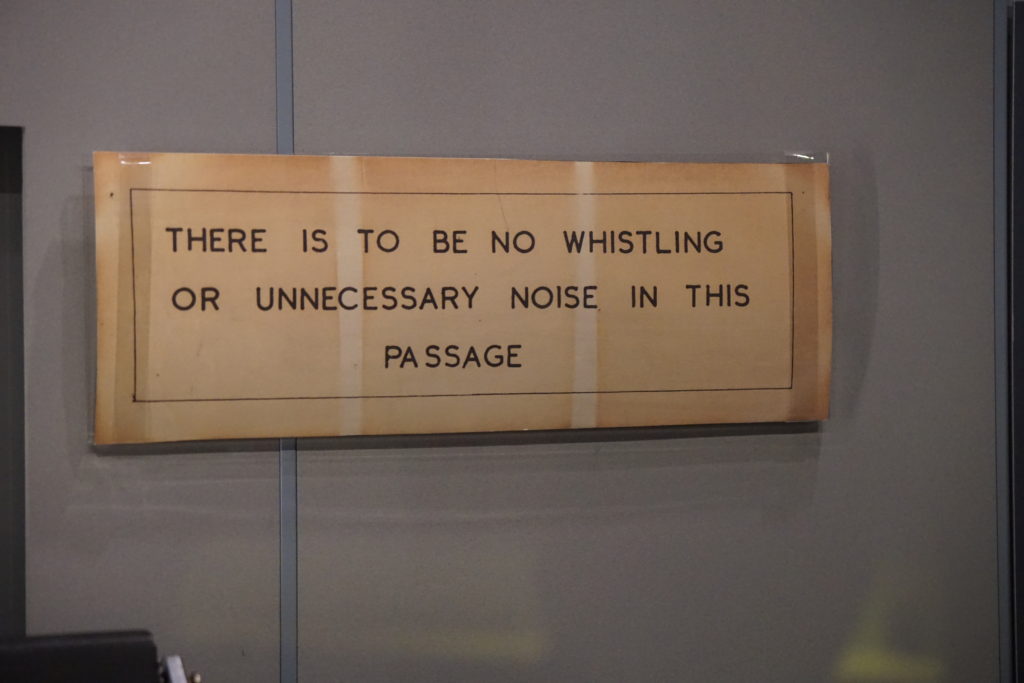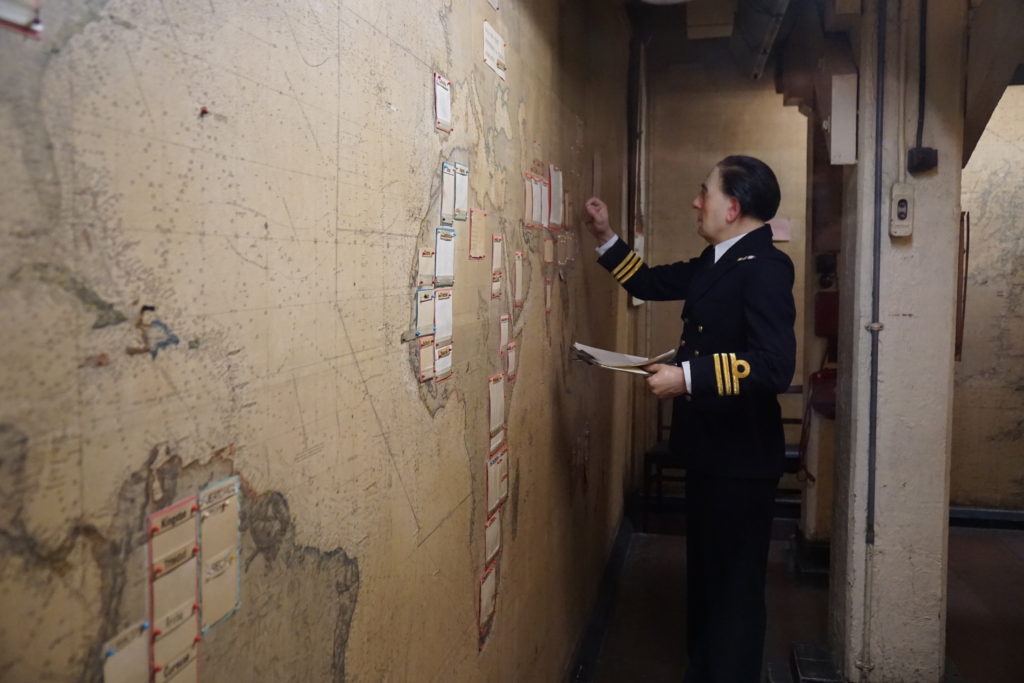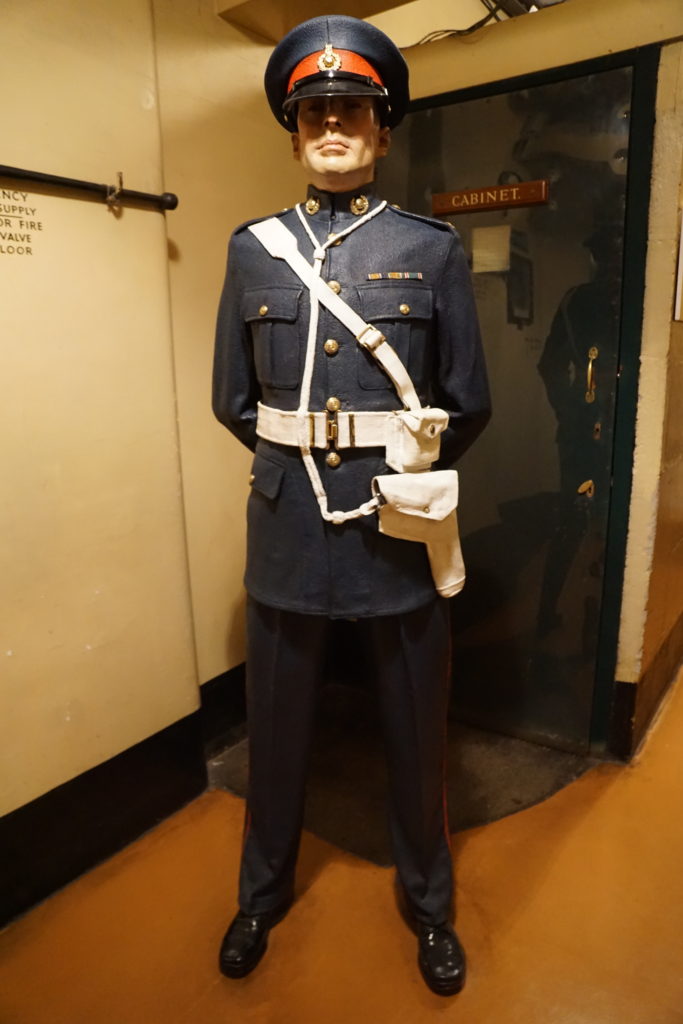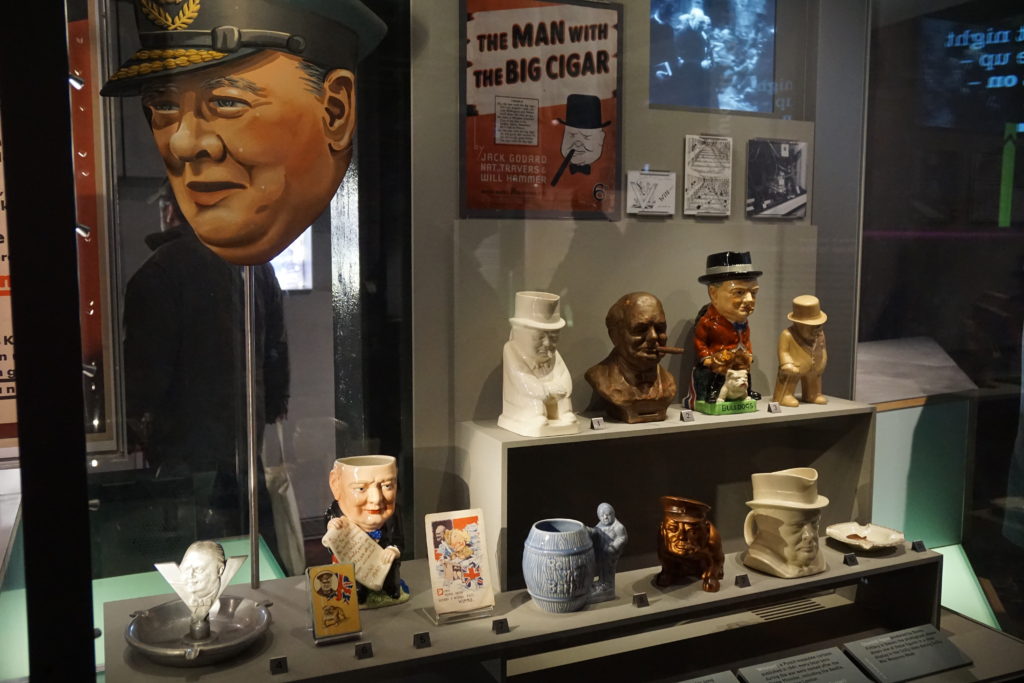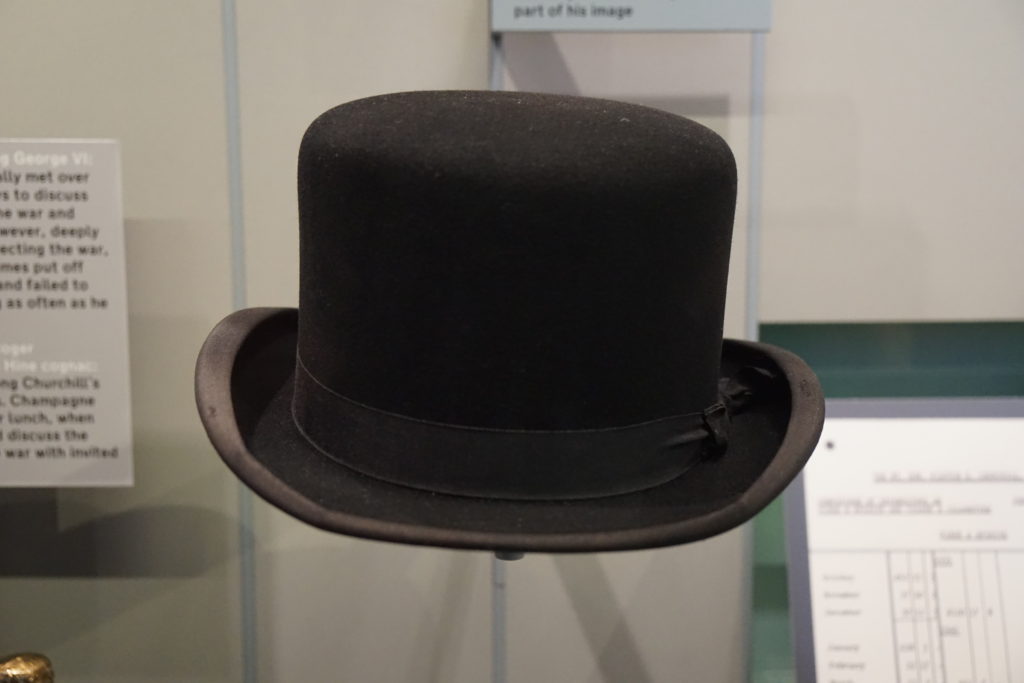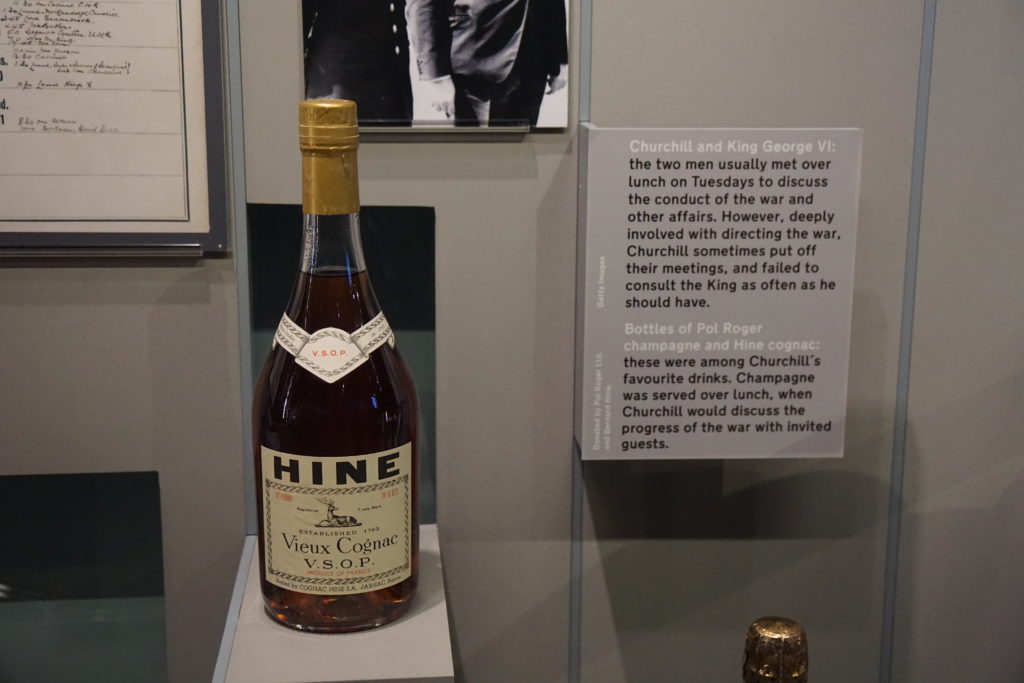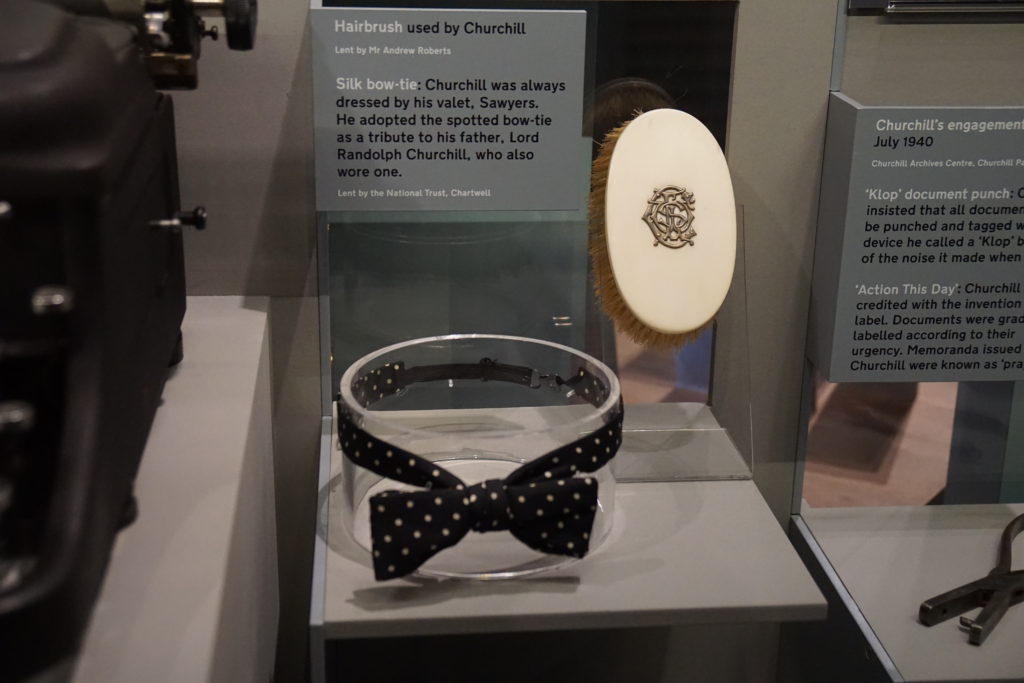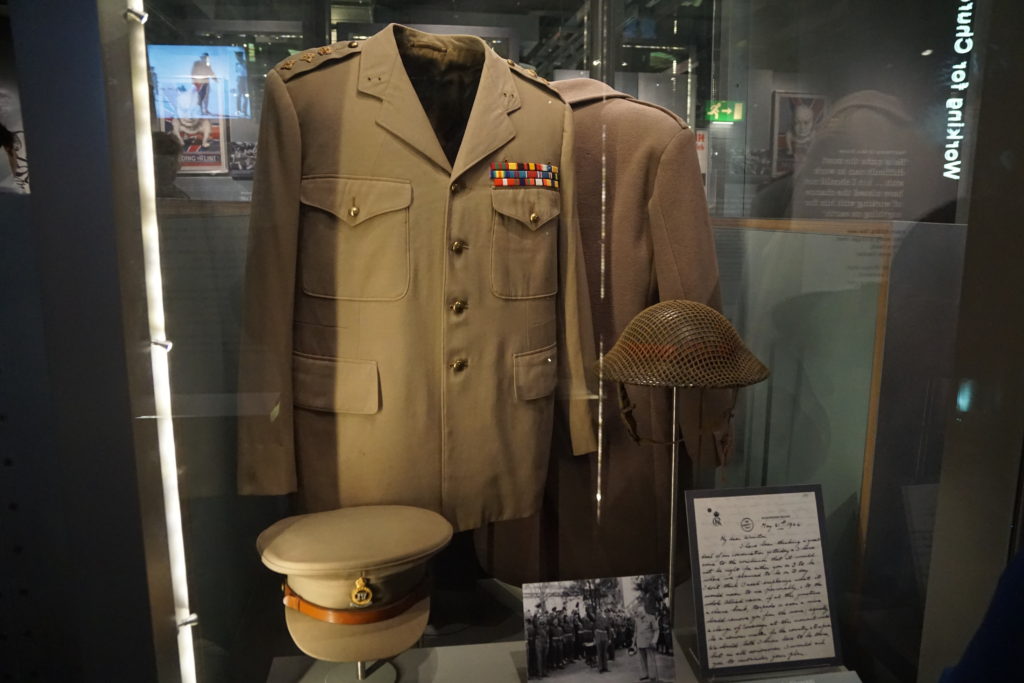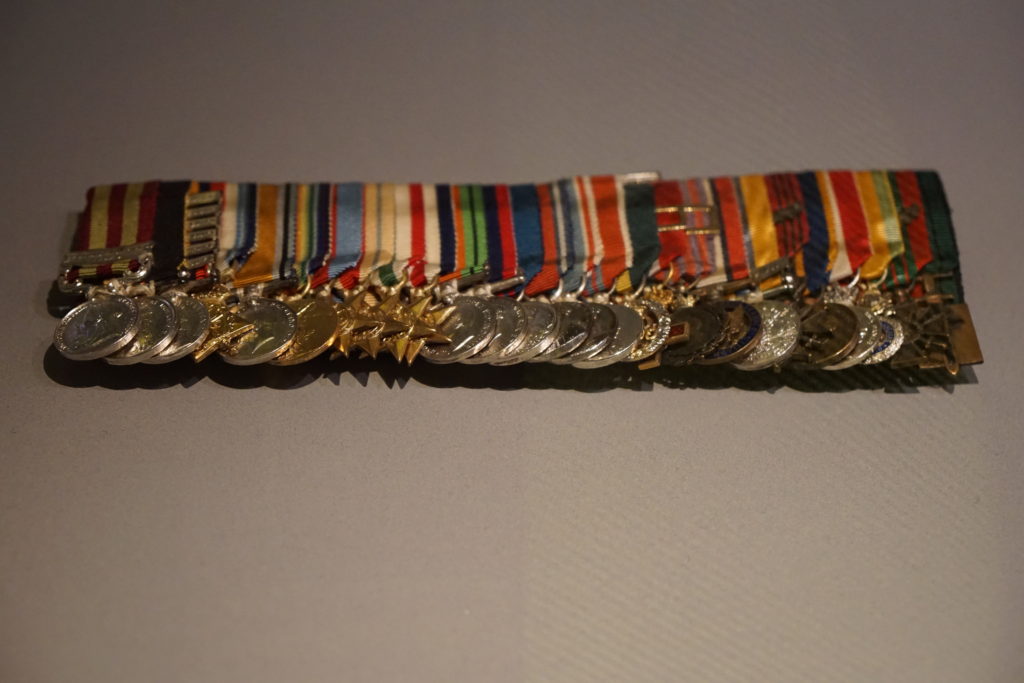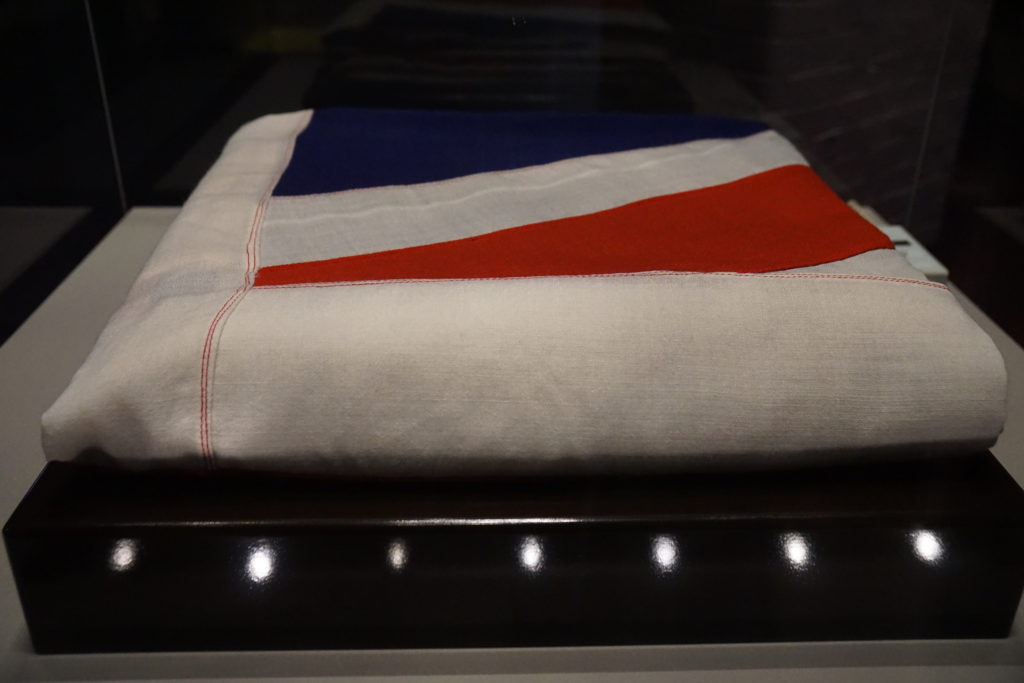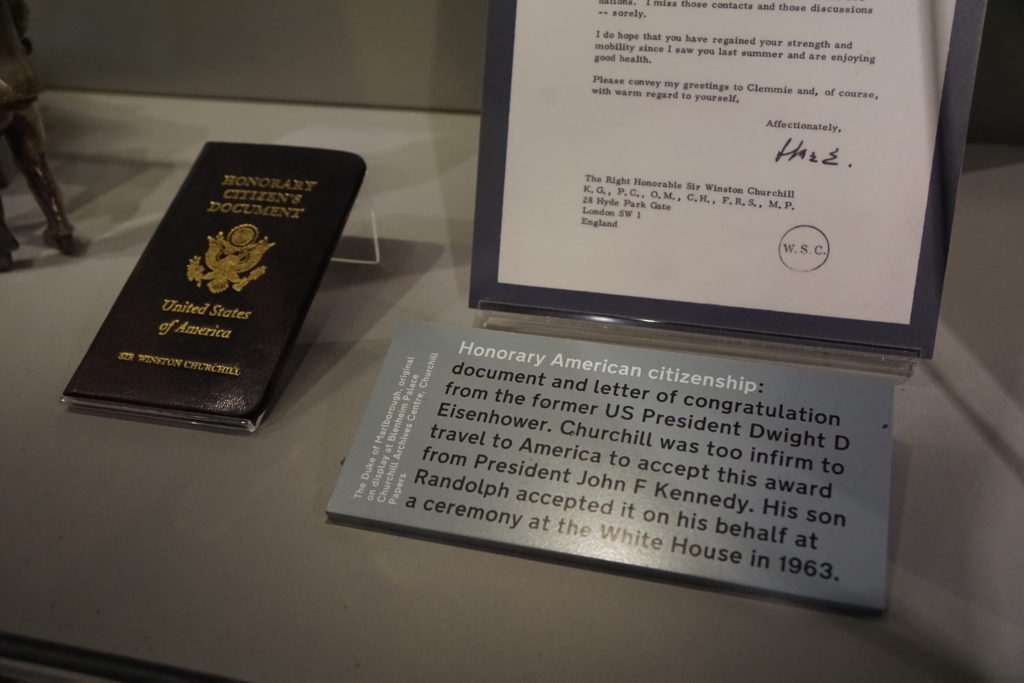I like to think my “London experience” began the day it was announced that the Philadelphia Eagles would be playing at London’s Wembley Stadium. This was a trip I couldn’t miss! Still months away, I began assembling a list of places I wanted to visit. This list of places was converted to Google Earth, in the form of pins, marking the various locations. The more I researched, the more pins I dropped.
Within a few months, the list had become quite extensive. There was one place, however, I wasn’t quite sure of—Churchill War Rooms. It sounded pretty interesting, and being a bit of a history buff, I knew it would be something I would enjoy. There was only one problem—I was planning a trip for the two of us, which is to say only one of us would have enjoyed it.
This being the case, Churchill War Rooms may have made the list, but it was pretty far down. It also didn’t help that I underestimated the quality of the attraction itself. The truth is, I had never heard of it. How great could it be? It struck me as one of those places that would be cool to visit—if the opportunity presented itself—but I wouldn’t be going out of my way to make it.
I couldn’t have been any more wrong. I would later find out the museum is one of the more popular attractions in London, drawing over a half million visitors per year. In the months leading up to our London adventure, I was told—on more than one occasion—that I had to visit the museum. “It is fascinating,” was a recurring theme.
The more I learned about the Churchill War Rooms, the more compelled I felt to visit. My thinking changed from, it would be cool to visit, to I want to visit. There was still the Kathie factor though. This type of a museum was not exactly up her alley, and though she would go if I asked her to, I wasn’t going to make her do that if she didn’t want to.
In the end, we assembled a list of “must see” attractions, with some alternative options, kept alive in the form of Google Earth pins. The Churchill War Rooms fell into the latter. Between our extensive “to-do” list, limited time, and Kathie’s lack of interest, I highly doubted we’d make it to the War Rooms. I also knew if I missed it, I would would regret it. It was going to be tricky, but I had a week to make it happen.
Failed Attempt
Fast forward: It is now Friday, our sixth day in London, and I had yet to visit the Churchill War Rooms. Hope was fading fast.
I nearly had an opportunity earlier in the week. We were in Westminster on Tuesday checking out Big Ben, Parliament, and Westminster Abbey—which ended up being closed. Apparently the King and Queen of the Netherlands had dibs on it that day. This closure left us with some extra time, and guess what? The Churchill War Rooms were just a short walk away. This was my opportunity.
I knew if we could get right in and do a quick tour of the museum, Kathie would be okay. I mean, we were already here! We approached what appeared to be a pretty decent line (queue, as they say in England) to get in. I thought, maybe a half hour or so. That wouldn’t be too terrible.
We were met with bad news, however. A worker explained the wait was probably an hour and a half or so. That wasn’t going to work. I couldn’t do that to Kathie. Heck, I really wasn’t up for waiting in that line myself, and I wanted to go inside.
I wasn’t too worried—yet. The week was young; there was plenty of time to make it back. However, as the week progressed, the hope of returning slowly diminished. I was simply running out of time.
Second Attempt
We were now just a few days away from the game—two to be precise, to conduct the remainder of our tourist activities. The good news was we had seen most of the attractions we wanted to see. There were only a few places left to visit, so we had to plan accordingly.
If I wanted to see the Churchill War Rooms, it would have to be Friday or Saturday. If there was an hour and a half wait on a Tuesday, I wanted no parts of that place on a Saturday. It would have to be Friday! We did have some other activities in store, so it would all depend on how the day unfolded.
Covent Garden and Abbey Road remained on our “to-do” list. The Beefeaters distillery, I would say, was on our “wish list.” I hoped to obtain a fast-track pass for the Churchill War Rooms, knock that out, and and move on to the remaining attractions.
Naturally, there were no passes available. This really threw a wrench in things. It really is hard to plan a day knowing a chunk of it will be spent in line—I’m sorry, I meant queueing. At this point, I basically counted it out.

We decided to make our way to Covent Garden; there we would spend a good portion of the morning and early afternoon exploring this wonderful area. We then strolled through the Theatre District, then down Charing Cross Road, which led us to Trafalgar Square—just a short walk to the Churchill War Rooms. This could happen!
It was a tough decision: should I explore something new, or spend hours waiting in line? Thinking back to breakfast this morning, a fellow Philadelphian staying at our hotel asked if I had made it to the War Rooms. When I told him no, he replied, you have to! I was convinced, I did have to. But, what would I do with Kathie? Could I really get her to wait in line for something she wasn’t going to enjoy?
Visiting the Churchill War Rooms
Passing through Trafalgar Square, we made our way past the Admiralty Pub—already filled with Eagles fans preparing for the the pep rally to was to be held there later that night. Don’t worry, we weren’t missing that!
We stepped in line at the Churchill War Rooms, which didn’t appear to be too bad. Looks can be deceiving, though. When we were told we would be queueing for about two hours, Kathie checked out. She said she was going to walk around and do some shopping. I would be in line for two hours, and who knows how long inside. I hope she has good shoes on!
The speed at which the line moved was disheartening. I don’t think I made it ten feet in a half hour. Meanwhile, streams of people continuously passed through the fast-track entrance. Ugh! Fortunately, the line was filled with fellow Eagles fans from back home. We were in this together!
The presence of Eagles fans throughout the city was astonishing. No matter where we were, Eagles fans were spotted—Eagles chants were heard. The influx of fans was so strong I insisted the Birds would be brought back on a regular basis. Though … after a few “E-A-G-L-E-S, EAGLES” chants went off in the Churchill War Rooms line (queue), there was a part of me that thought they’ll never be invited back.
The Churchill War Rooms
This museum is comprised of an underground complex that housed the British government command center during the WWII and a museum dedicated to Sir. Winston Churchill. If you have seen the movie, “The Darkest Hour,” you will be very familiar with this facility. If not, it is certainly worth the watch!
- Construction began in 1938 beneath the Treasury building in the Whitehall section of Westminster.
- The War Rooms became fully operational on August 27, 1939, a week before Britain declared war on Germany on September 3rd.
- They were abandoned in August of 1945 following the surrender of Japan.
- The Cabinet War Rooms were preserved due to it’s historical value, but did not open to the public until 1984
- In 2005, the museum was rebranded as the Churchill War Rooms, with a museum dedicated to the life of Winston Churchill.
Winston Churchill
I have no intention of providing a detailed biography of Winston Churchill. I may be a fan of history—but a historian I am not. I can say this: his life was quite remarkable. Generally considered to be one of the most significant figures of the 20th century; he is arguably the most iconic Britton ever. Though I will leave his biography to the historians, here are some quick facts…
- Born November 30, 1874 – Died January 24, 1965
- Served as Prime Minister of the United Kingdom from 1940-1945 (during WWII), and from 1951-1955
- Born at the family’s ancestral home, Blemhiem Palace—I know, tough start—in Oxfordshire, to a wealthy aristocratic family.
- His mother was American. It was not uncommon for British aristocrats to marry U.S. heiresses back then. His father, Lord Randolph Churchill, married Jennie Jerome, the daughter of a wealthy financier. She was from Brooklyn—fuhgeddaboudit!
- OMG! I’m sure this is part of your texting vocabulary. Apparently the first known use of “OMG” was in a letter from Admiral John Arbuthnot to Churchill in 1917. OMG, I almost forgot to mention that!
- In 1899, he escaped from a POW camp in South Africa after hearing his release was unlikely. This made him a national celebrity in Britain.
- Though it is rumored Churchill drank throughout the day: whiskey, brandy, and wine—many belief the extent of his drinking to be a myth. However, during the prohibition era in America, Churchill referred to the Eighteenth Amendment banning alcohol as, “an affront (offense/insult) to the whole history of mankind.”
- On the topic of alcohol, I should add: when he set out for the Boar War in 1899, he took 36 bottles of wine, 18 bottles of 10-year old scotch, and 6 bottles of vintage brandy with him. My man!
- In 1953, he received a Nobel Price for literature
- A great orator, Churchill is known for famous speeches such as, “blood, toil, tears, and sweat” and “we shall never surrender.” My favorite appears on his epitaph: “I am prepared to meet my Maker. Whether my Maker is prepared for the great ordeal of meeting me is another matter.”
Conclusion
I found the Churchill War Rooms to be every bit as fascinating as I had been led to believe. I was hesitant to wait the two hours it took to get in, but I’m glad I did. I understand that Churchill is considered by many to be a controversial figure; however, his potential impact to our history has to be acknowledged. My knowledge of Churchill and his life are limited at best, but I can appreciate this: had he not been Prime Minister during the second world war, the world as we know today could be much different.
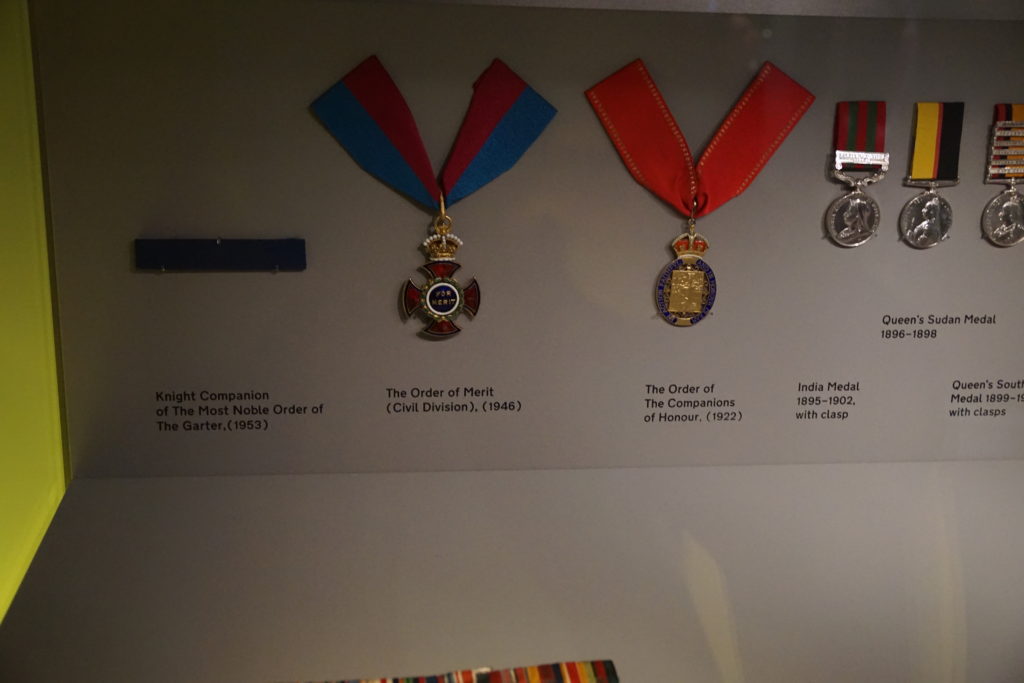
Growing up in America—as an American—I’ve grown accustomed to our heroes being American. From Washington during revolutionary times, to Lincoln during the civil war, and Roosevelt during WWII, our world has been shaped by Americans. It is these Americans we are thankful for. It is rare that we feel this way about non-Americans. Those people are just “famous people from history.” I’m sure to the dismay of the rest of the world, this is probably how most Americans think. OMG, I don’t mean to keep saying Americans!
My visit to the Churchill War Rooms gave me a new perspective. That along with two recent movies. If you have seen them, “The Darkest Hour” and “Dunkirk,” you can probably appreciate this as well. I can’t help but think of a world in which Churchill was not the Prime Minister during these crucial times in which these two movies are set.
With British forces trapped at Dunkirk, annihilation form advancing German forces was a serious threat. There was pressure for a peace treaty with Germany in Parliament. In essence, this would have ended the war in Europe—at least for the British—all before the United States ever entered the war.
What does this mean? Nobody can know for sure. Does Nazi Germany get stronger? Probably. But how strong? Do they take full control of Europe? Most likely. Does the war end? Is there peace? Or does Hitler build his empire and set his sights on the U.S.? Instead of a cold war with the Soviet Union, perhaps the cold war exists with a German nation that controls all of Europe. It’s all speculation—but it’s fairly safe to say any conclusion that ends with Nazi victory is bad.
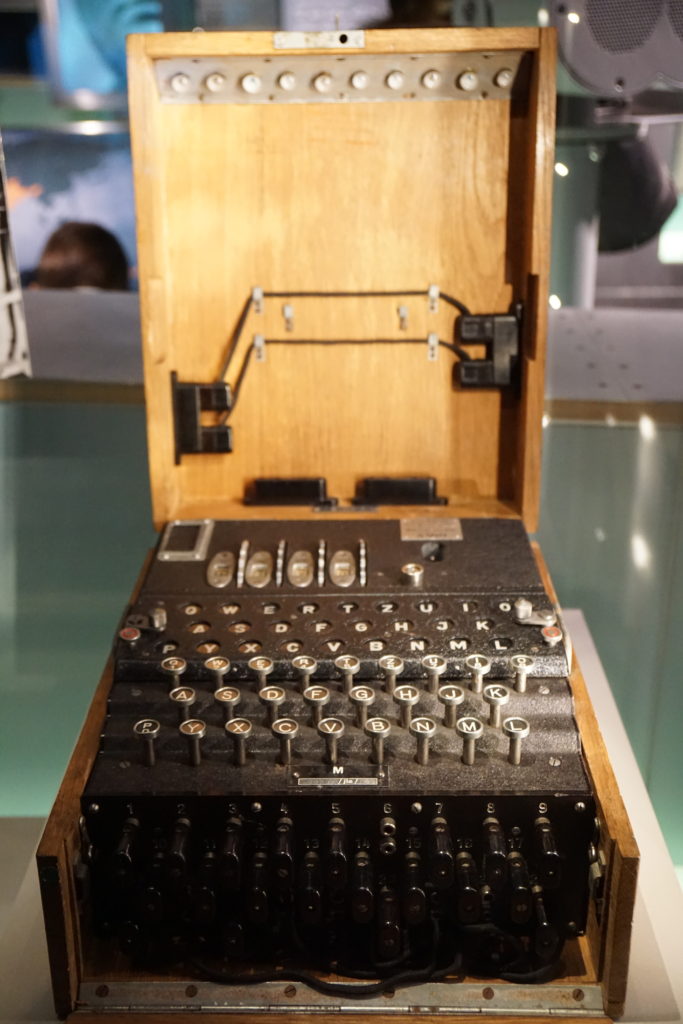
Fortunately, this alternate history scenario is just that—alternate history. It was Churchill that stood strong, and demanded the nation fight to the end—to never give up. Had someone else been at the helm, there’s a good chance a peace treaty is reached, and the world we know today is much different. With Churchill in charge, the troops at Dunkirk were rescued—and just as Churchill said, they fought on. The Churchill War Rooms brings this story to life!
Regrettably, I admit I probably take a lot of my freedoms for granted. I’m sure I’m not alone. When it’s time to be thankful for those who have provided these freedoms, I can’t say foreign figures typically come to mind. But during the early days of the Second World War, these freedoms were in jeopardy. The United States may not have been involved in the war yet, but a victorious Nazi Germany would certainly have been a threat.
I left the Churchill War Rooms thankful for this Brit. He just may have played a bigger role in securing the freedoms we enjoy in America today—more than we may ever realize!
“Success is not final, failure is not fatal: it is the courage to continue that counts.” —Winston Churchill

